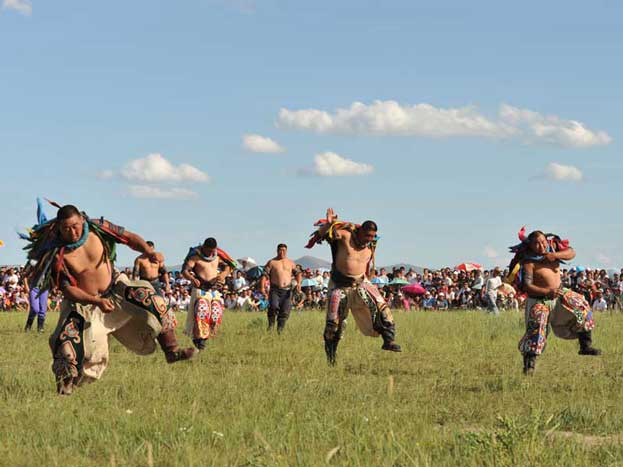North of the Great Wall, the Site of Xanadu encompasses the remains of Kublai Khan's legendary capital city, designed by the Mongol ruler's Chinese advisor Liu Bingzhdong in 1256. Over a surface area of 25,000 hectares, the site exhibits a unique attempt to assimilate the nomadic Mongolian and Han Chinese cultures. This was the base from where Kublai Khan established the Yuan Dynasty that ruled over China over a century, extending its boundaries across Asia. The religious debate that took place here resulted in the dissemination of Tibetan Buddhism over northeast Asia, a cultural and religious tradition still practiced in many areas today. The site was planned according to the traditional Chinese feng shui in relation to the nearby mountains and river. It features the remains of the city, including temples, palaces, tombs, nomadic encampments and the Tiefan'gang Canal along with other water works.

Continent: China
Country: India
Category: Cultural
Criterion: (II) (III)(IV) (IV)
Date of Inscription: 2012
Xanadu
The Site of Xanadu is the site of a grassland capital characteristic of cultural fusion, witnessing clashes and mutual assimilation between the nomadic and agrarian civilisations in northern Asia. Located on the southeast edge of the Mongolian plateau, it was the first capital (1263-1273) of Kublai Khan and later the summer capital (1274-1364) of the Yuan Dynasty. The city site and associated tombs are located on the grassland steppe with a north south axis determined by traditional Chinese feng shui principles, backed by mountains to the north and a river to the south.
 |
| Traditional Dance |










0 comments:
Post a Comment